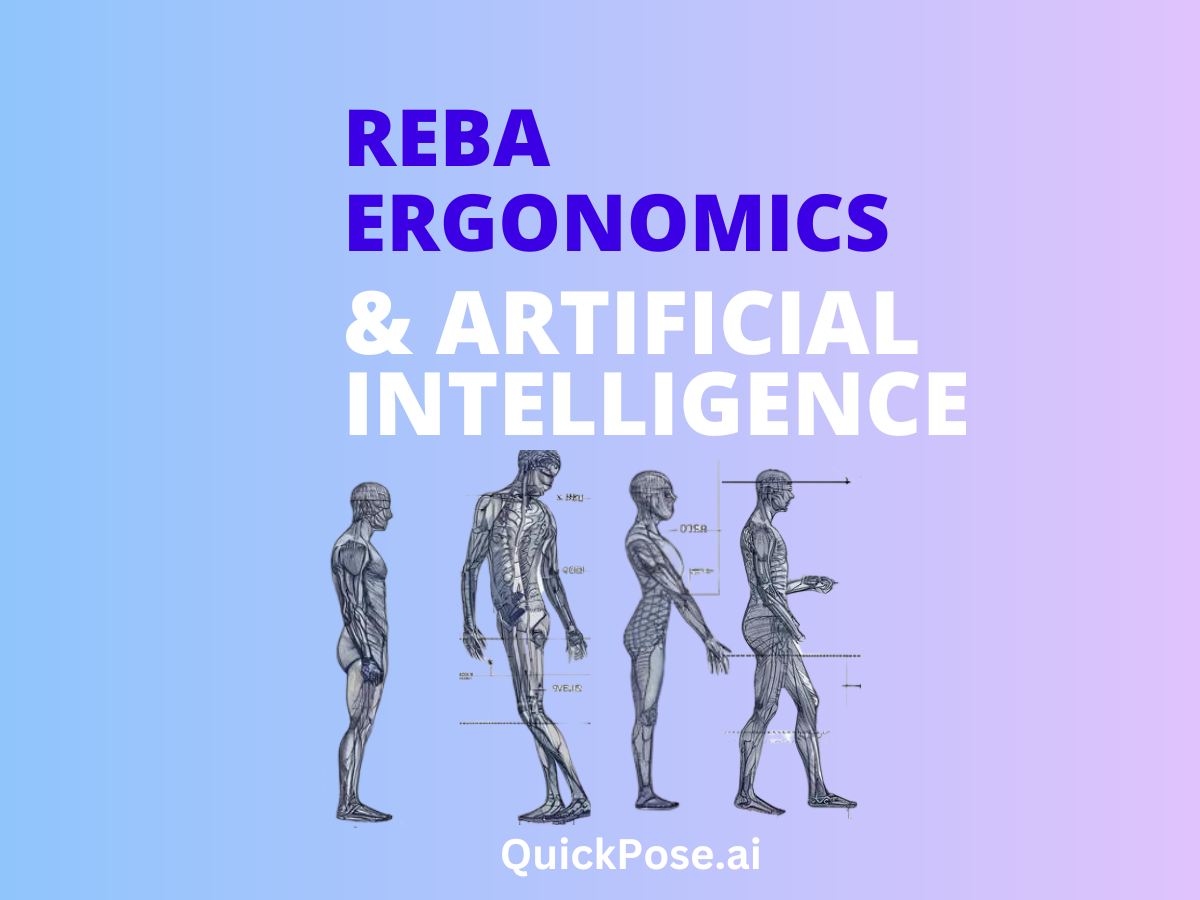Ergonomics plays a crucial role in promoting employee well-being and preventing injuries. One major concern is musculoskeletal disorders (MSDs), which affect millions of workers globally, resulting in pain, lost productivity, and increased healthcare costs.
What is RULA?
RULA (Rapid Upper Limb Assessment) is a valuable tool used by ergonomists to quickly identify potential risks of upper limb MSDs (Musculoskeletal disorders) in the workplace. This method is particularly beneficial in settings like offices, manufacturing facilities, and healthcare environments, where repetitive tasks, manual handling, and prolonged computer use are common.
The first part of the RULA worksheet is below. The angles of the joints and their relative RULA scores indicate which positions have higher risks associated with them.

RULA: Identifying and Assessing Risks
Conducting a RULA assessment involves observing and scoring various factors related to an employee’s posture while performing tasks. These factors include:
Joint angles: The angles between different joints, such as the neck, shoulders, and wrists, are assessed to determine the level of stress placed on those areas.
Weight: The weight of any objects being handled is also considered, as it can contribute to strain.
Based on these factors, a score is assigned, indicating the risk level for developing MSDs. The further a limb deviates from its neutral position, the higher the risk score.
Benefits of Using RULA
Implementing RULA in your workplace can lead to several significant benefits:
Reduced injuries: Identifying and addressing ergonomic risks helps lower the chances of employees developing MSDs.
Increased productivity: By minimising injuries and discomfort, RULA can contribute to a more productive workforce.
Improved employee morale: A safe and comfortable work environment can boost employee morale and satisfaction.
Drawbacks of Manual Rapid Upper Limb Assessment
Despite its effectiveness, manual RULA assessments have limitations:
- Time-Consuming: Manual assessments require significant time for observation and scoring.
- Subjectivity: Results can vary based on the assessor’s experience and perspective.
- Assumptions: The process relies on assumptions about the duration and frequency of postures.
Get Access to Our TestFlight Demo
Check out QuickPose iOS SDK abilities in our TestFlight Demo app.
RULA and AI: A Powerful Combination
Technology is revolutionising the field of ergonomics, and AI (Artificial Intelligence) pose estimation is one such advancement. Tools like QuickPose utilise AI to accurately measure an individual’s range of motion in different joints simultaneously while they are performing tasks.
The image below shows 3 surgeons in the operating room. The lines on their bodies is created by AI pose detection. The green lines denote safe range of motion of joints, and the red lines show unsafe angles the surgeons are moving in. Image is taken from Hamilton et al, 2023.

The above images are taken from a study showing the effectiveness of pose estimation in reducing ergonomic risks in surgeons. Analysing video can show a fuller picture of what is happening to the joints in the bodies of these surgeons. Pose estimation works as an AI Goniometer, a tool that measures angles between joints. The graph below shows the analysis of the right elbow. We can see in a 20 second window, the elbow angle moves from a safe green zone into an unsafe angle of below 60°.

This continuous data collection provides valuable insights for further RULA analysis. By monitoring posture over time, it can reveal:
Individual at-risk postures: If specific individuals consistently adopt high-risk postures, they may require targeted interventions, such as training on proper ergonomics or adjustments to their workstations.
Systemic ergonomic issues: If the data shows that a significant number of employees at a particular workstation exhibit unsafe postures, this indicates a need to modify the ergonomics of that specific area.
QuickPose represents the forefront of custom AI technology in ergonomic assessment. Designed to meet the unique needs of various industries, QuickPose offers numerous benefits:
- Reduced Downtime: By identifying risk factors early, QuickPose helps reduce work-related injuries, leading to less time off work.
- Safer Work Environment: Continuous, real-time monitoring promotes a culture of safety and proactive risk management.
- Scalability: QuickPose can be deployed across multiple sites and scales with the size of the workforce, ensuring consistent ergonomic assessment for all employees.
We are available for custom builds and integrations of AI ergonomic systems. Book a consultation with us to discuss your project, whatever stage you’re in. You will be directed to a quick form that asks a series of short questions before our call.
Need help building an AI project?
At QuickPose, our mission is to build smart Pose Estimation Solutions that elevate your product. Schedule a free consultation with us to discuss your project.




